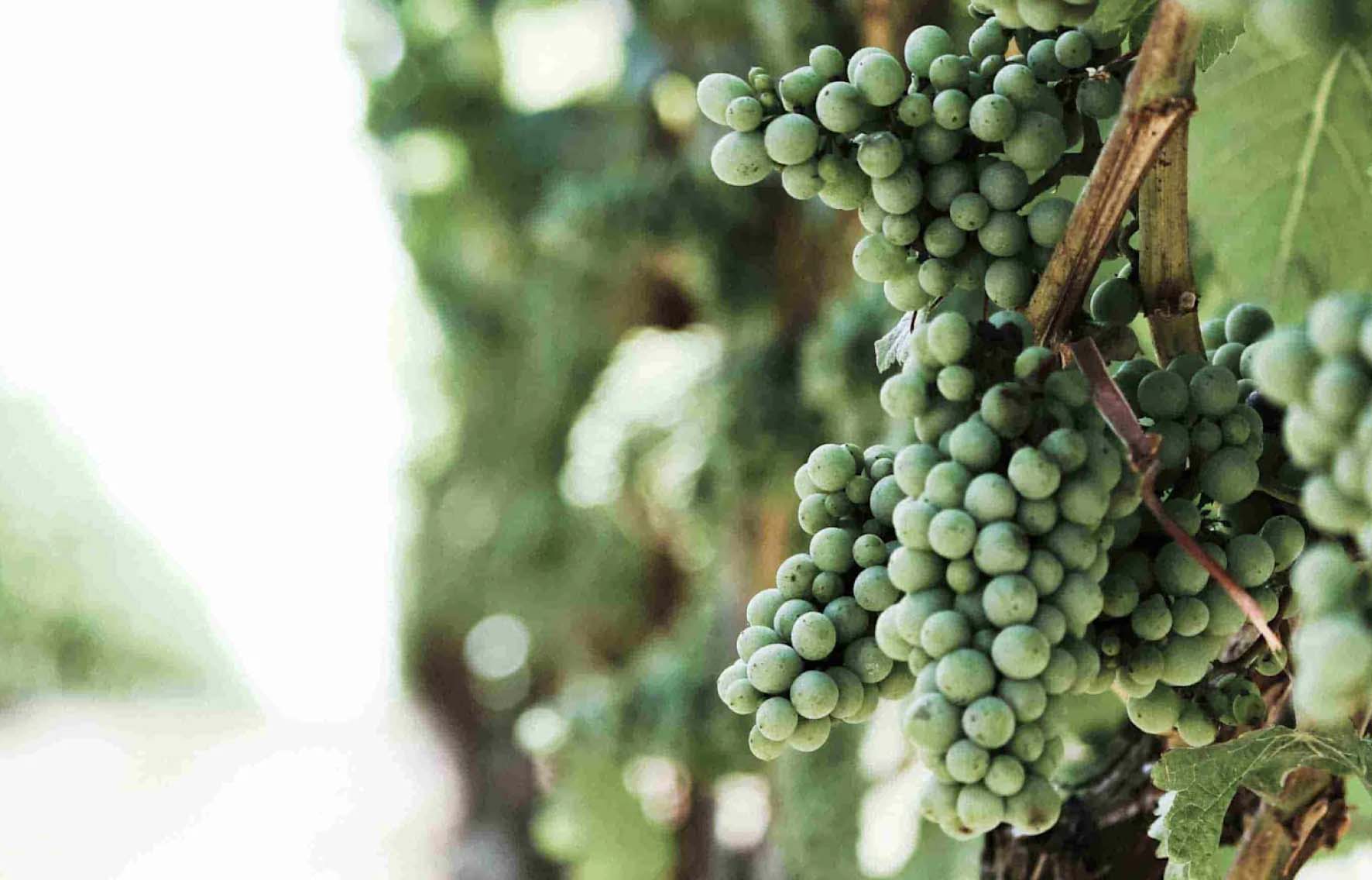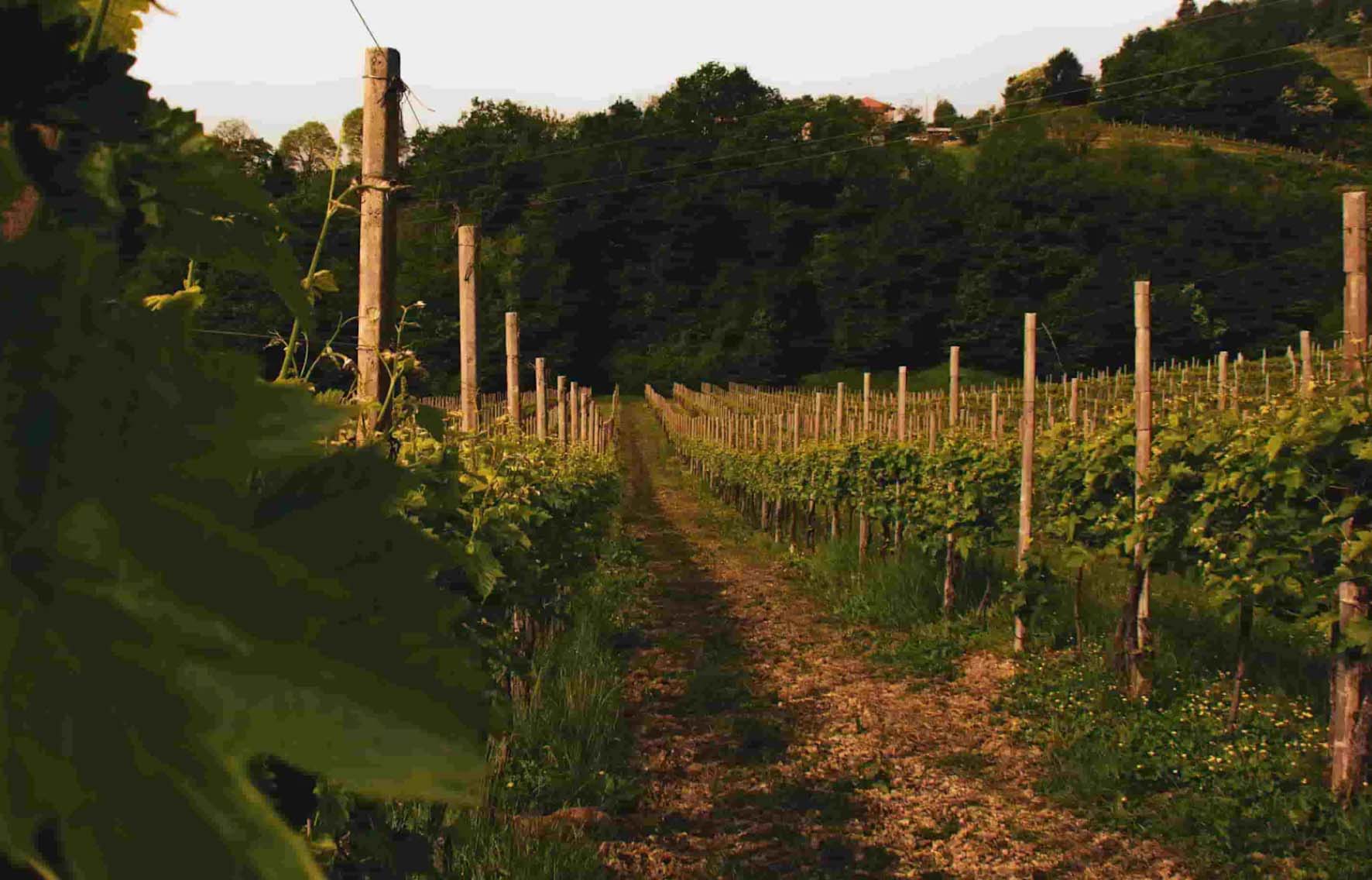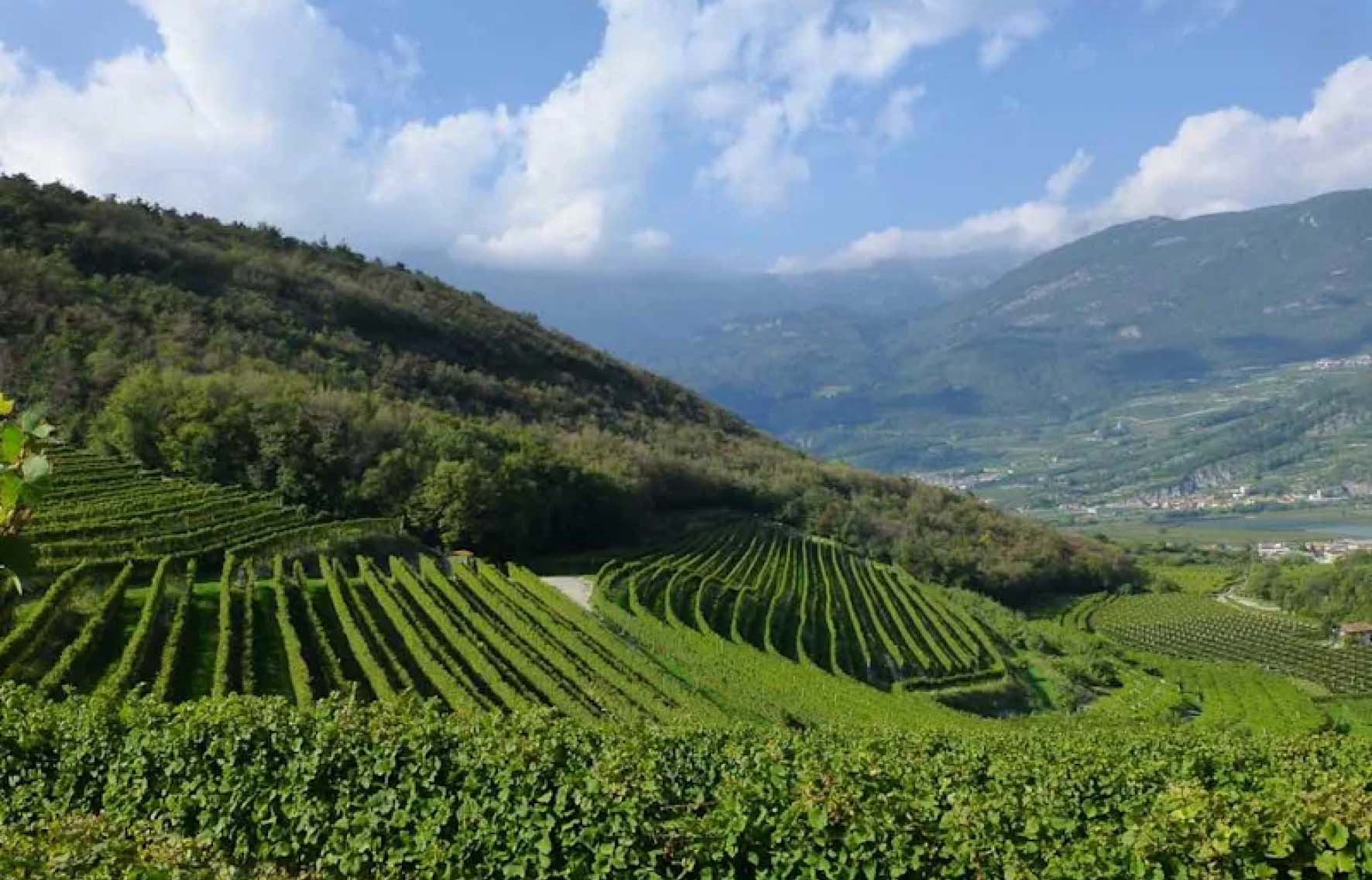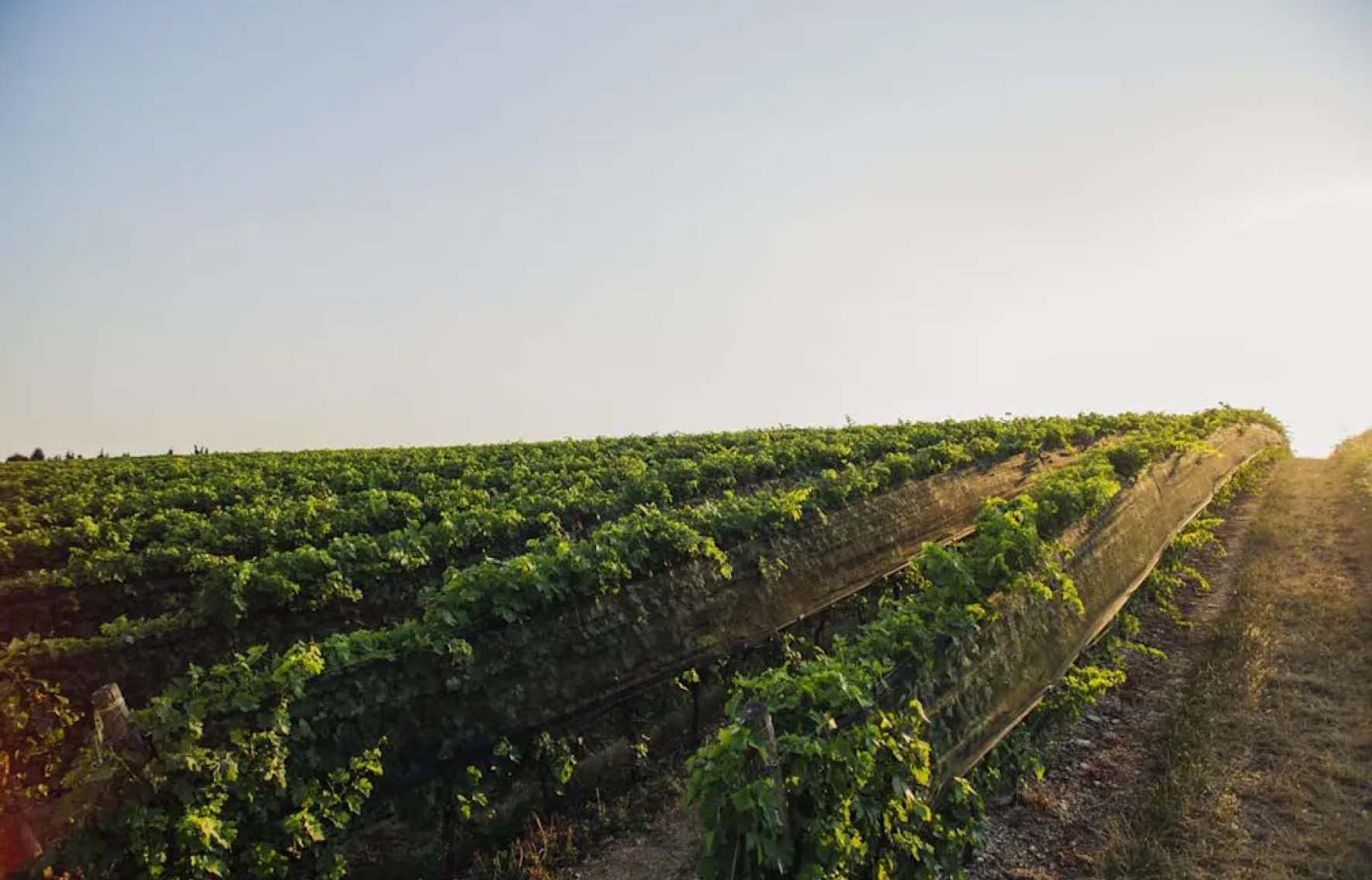Beginner's guide to prosecco
RICHARD BULL

My first taste of Italy’s popular party pop was at 30,000 feet.
It wasn’t glamorous. I was on an economy flight from Zurich to Lugano. But shortly after take-off, the cabin crew served up a complimentary glass. I’ve no idea if it was standard Prosecco DOC or a top level Superiore di Cartizzeone. I just remember it was delightful. Fresh, crisp, joyously fruity. A perfect, late morning pick-me-up. ‘Elevensies’ had never tasted so good.
Most recently, I sipped a chilled glass in a yurt, in the Dorset countryside. It had been mixed with syrup to make a softly sparkling, ginger and pear Bellini. Equally delicious. Originally made with peach puree, the Bellini was invented in 1948 by Giuseppe Cipriani, the owner of Harry’s Bar in Venice. It quickly became the early evening cocktail of choice for the A-list celebrities of the time.
Flash forward to today and Prosecco is also a key ingredient for another smash hit aperitivo. According to Forbes magazine, Aperol Spritz is America’s favourite cocktail. And points to another reason for Prosecco’s success. Lower alcohol! Perfect for a non-threatening, post work ‘buzz’.

What grape is Prosecco?
Prosecco is made from the Glera grape.
Some winemakers will include additional varieties, such as:
- Verdiso: A local variety that can enhance the acidity and freshness of Prosecco.
- Bianchetta Trevigiana: Another local variety known for adding floral notes and additional complexity.
- Perera: Contributes to the wine’s pear-like flavour and aroma.
- Chardonnay: This international star adds structure and depth.
- Pinot Bianco (Pinot Blanc): Offers elegance and finesse to the blend.
- Pinot Grigio (Pinot Gris): Can impart a richer texture and complexity.
- Pinot Nero (Pinot Noir): Used mainly in producing Prosecco Rosé, giving it a pink hue and additional berry flavours.
But Glera must legally make up 85% of the Prosecco blend.

And where exactly does Prosecco come from?
Talk about picture-postcard pop!
Prosecco comes from the provinces of Veneto and Friuli Venezia Giulia. Stretching from the snow-capped Alpine reaches of the Dolomites to the sun-kissed waters of the northern Adriatic, this north eastern corner of Italy is home to stunning seafronts, mountains, countryside and architecture – from summer country houses to magnificent castles. The ideal setting for Italy’s favourite fizz. No wonder some believe that Prosecco is the real essence of Italy’s ‘la dolce vita’ – the good life!
The official production areas for Prosecco are Prosecco DOC, Asolo-Prosecco DOCG and Conegliano-Valdobbiadene Prosecco DOCG.
Each Prosecco production area has its own particular conditions – from breezy Alpine mountain slopes to humid plains on the Adriatic coast. As a result, the wines offer quite different flavour profiles and quality levels.

How to choose your Prosecco…
Well, let’s find out how they differ. At the base of the Prosecco quality ‘pyramid’ is:
Prosecco DOC
The territory of Prosecco DOC covers five provinces in north Veneto, and four in Friuli Venezia Giulia. In the Veneto, there are: Belluno, Vicenza, Venezia, Treviso and Padova. While in Friuli-Venezia Giulia, you’ll find Gorizia, Trieste, Pordenone and Udine. It is Italy’s most successful sparkling wine denomination, with over 400 million bottles produced each year.
Prosecco DOC is refreshing, with delicate aromas of green pear, peach, melon and white flowers. Although the lightly sparkling style (frizzante) is allowed, the most popular style is fully sparkling (spumante), with persistent bubbles.
Two production areas for Prosecco DOC wine are especially unique. Because their grape-growing conditions are very distinct from the rest of the Prosecco DOC denomination, they get their own mention on the label: Presocco Treviso DOC and .
Prosecco Treviso DOC
The mountainous areas of the province of Treviso lie inland. Grapes from such vineyards have higher natural acidity and therefore more complex flavours. Hillside wineries produce high-quality Prosecco with crisp acidity and fresh flavours. Expect to (justifiably) pay a little more.
Prosecco Trieste DOC
The province of Trieste offers very favourable growing conditions for high-quality grapes. The limestone plateau has very poor topsoil, with high chalk and iron contents. The area is cool and dry, with little rainfall and the strong influence of Bora – cold wind from the Balkan peninsula. As well as Prosecco, this area is responsible for some of the best Italian white wines.

Now, let us head over to the other side of the Piave river and the next step up in quality: the commune of Valdobbiadene.
Conegliano Valdobbiadene DOCG
The Conegliano Valdobbiadene is Prosecco’s historic heartland. The appellation received official recognition in 1969 as DOC, and in 2009 was promoted to DOCG status. DOCG stands for denominazione di origine controlata e garantita. This means that Conegliano Valdobbiadene – Prosecco DOCG is made to much stricter winemaking rules than Prosecco DOC.
Here you will find high-quality Prosecco wine with concentrated flavours. Vineyards are planted on steep mountain slopes, and grapes retain more acid and develop complex aromas. Enjoy green pear, ripe yellow apple, stone fruit, and white flowers flavours, complemented by a persistent mousse.

When to drink Prosecco?
As you can see, Prosecco can be enjoyed at any time of day.
It’s fruity, light on alcohol, convivial and uplifting. Prosecco can be an aperitif (or aperitivo!). Italians will also drink it throughout a meal because its refreshing flavours means it will match with pretty much anything. It can be used as a mixer in a cocktail, a celebration drink at a wedding or simply a lunch-time beverage with a friend.



